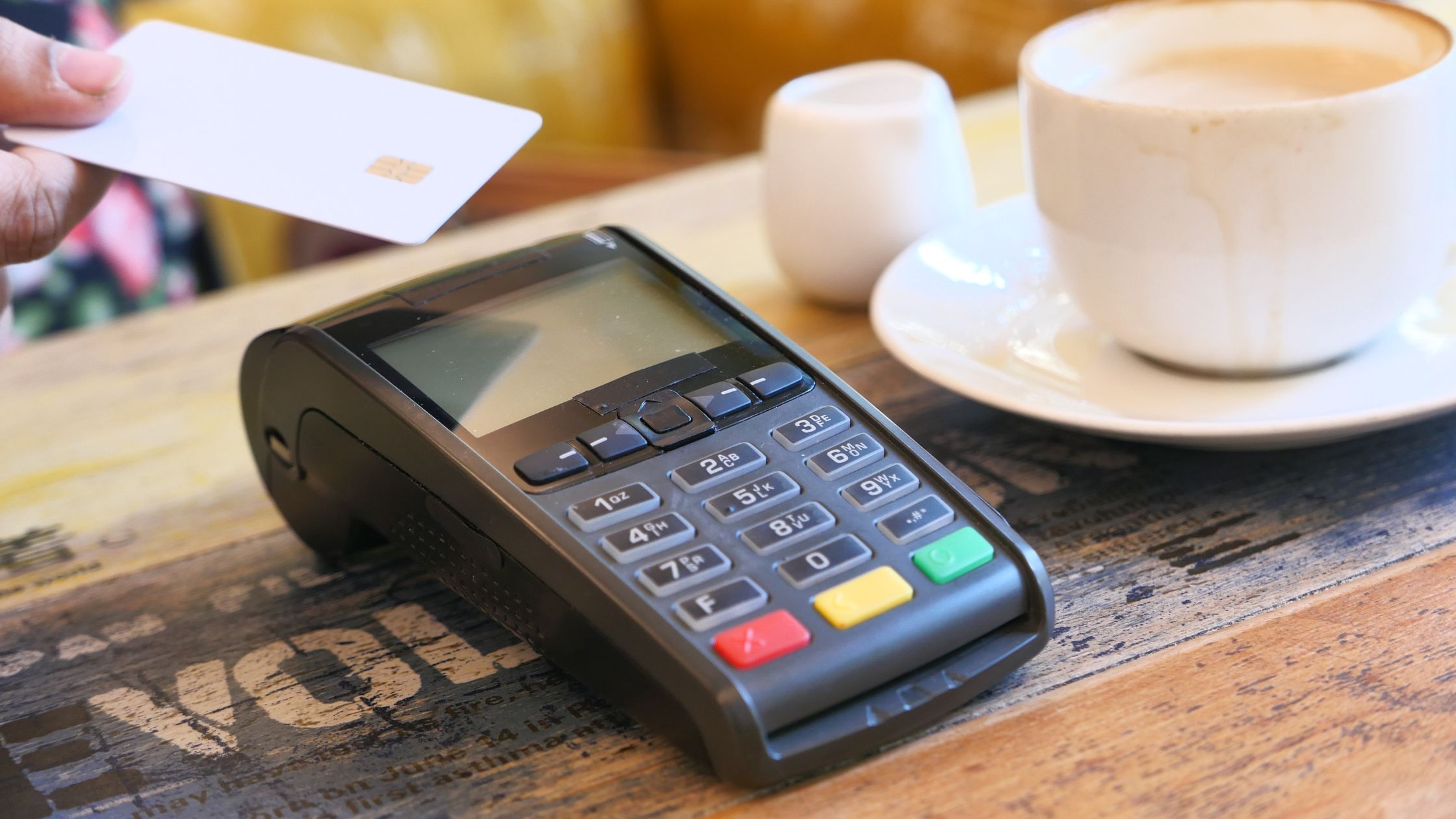Managing a food shop smoothly needs the right technology that can grow with your business. An Open source food shop POS gives you complete control, flexibility, and the freedom to avoid being locked into one vendor. In this article, we’ll explain why using an shop POS is a smart choice, what to look for when choosing one, and how Floreant POS sets itself apart in this field.

Table of Contents
- Why Choose an Open Source Food Shop POS
- Key Features to Look For
- Benefits for Independent Food Shops
- Tips for Implementing an Open Source Food Shop POS
- Common Pitfalls and How to Avoid Them
- Conclusion & Where to Go Next
1. Why Choose an Open Source Food Shop POS
Food shops need accurate control over orders, menus, inventory, staff, and daily reports. An Open source food shop POS makes this easier by allowing you to customize workflows without any licensing limits. Because the code is open, developers can review it, enhance it, or add new features—giving your business more transparency, security, and flexibility. Another big advantage is that most open source systems can run directly on your premises, so your shop keeps working even if the internet goes down.
One well-known case is Floreant POS, a Java-powered platform built for restaurants and food service operations. Since 2009, thousands of food shops, cafes, pizza outlets, bakeries, juice bars, and kiosks have trusted it for its simplicity and reliability. Learn more about Customizable POS Software for Restaurants.
2. Key Features to Look For
To serve customers smoothly, your POS system needs the right set of features. When reviewing any POS, make sure it offers:
- Order management: Fast order entry, bill splitting, and table tracking for hassle-free service.
- Kitchen integration: Automatic printing to kitchen or bar printers for quicker preparation.
- Staff control: Role assignments, shift scheduling, and labor tracking to manage your team better.
- Menu customization: Simple tools to update prices, add modifiers, or change menu items instantly.
- Hardware support: Compatibility with cash drawers, receipt printers, and touch-screen devices.
- Offline mode: The ability to keep running smoothly even if the internet goes down.
By choosing an Open source food shop POS with these features, you gain full control over your operations and ensure your business runs efficiently every day.

3. Benefits for Independent Food Shops
If you run a small or niche food shop, you know how important freedom and hands-on control are. Using an POS gives you several valuable advantages:
- No hidden fees: You can download and use the software without worrying about recurring costs or vendor lock-in.
- Transparent system: Every module is open for you to review, customize, or improve—so there are no black-box menus or back-end surprises.
- Customizable features: Add plugins or create new functions for delivery services, loyalty programs, or unique workflows.
- Community-driven support: Join a network of users who share updates, tips, and improvements.
- Flexible hardware options: Reuse existing devices or combine different terminals and printers without spending extra.
For food shops, this level of control truly matters. You can design pricing, ingredient tracking, staff schedules, and order processes to fit your exact needs. Even when your business grows or adapts to seasonal changes, an Open source food shop POS makes the transition easier and smoother.
4. Tips for Implementing an Open Source Food Shop POS
When you set up an Open source food shop POS, following a few simple steps will help you get the best results:
- Test in real conditions: Run the system during busy service hours to spot and fix any workflow issues early.
- Train staff with role-based access: Give employees the right permissions so they only see the tools they need for their job.
- Backup regularly: Even if the system works offline, always back up your data daily to keep it safe.
- Stay updated: Check for community updates, bug fixes, or new plugins to keep your POS running smoothly.
- Customize wisely: Build add-ons or features in a modular way so you can upgrade easily in the future.
One strong example is Floreant POS, which is quick to set up. It installs in about 90 seconds with an auto-configured database, making the startup process very simple. You can easily configure menus, back-office features, and printers by following the included guides.
5. Common Pitfalls and How to Avoid Them
To get the most out of an Open source food shop POS, keep these points in mind:
- Feature gaps: Some specialized needs, like loyalty programs or online ordering, might require extra plugins.
- Limited local support: Since you rely on community forums and documentation, take time to learn the system properly.
- Upgrade issues: Custom features may stop working after updates, so always test upgrades in a safe staging environment first.
- Hardware compatibility: Double-check that your printers, terminals, and other devices are fully supported.
Even with these challenges, the open nature of the system remains a big advantage. Because the core code is accessible, you avoid vendor lock-in and maintain complete control. This gives your food shop long-term flexibility, security, and reliability.

6. Conclusion & Where to Go Next
To sum it up, if you want a reliable, flexible, and transparent system for your business, an Open source food shop POS is the right choice. In this article, we covered how to identify the right features, avoid common mistakes, and set up the system with confidence—all while keeping full control of your shop’s operations.
One trusted solution is Floreant POS, a stable and well-established open source platform designed for food shops, cafes, bakeries, and kiosks. It works offline, supports standard hardware like touchscreens, printers, and cash drawers, and benefits from a strong community that drives updates and improvements without hidden restrictions.
You can explore more and get started by visiting the official site: Floreant POS







